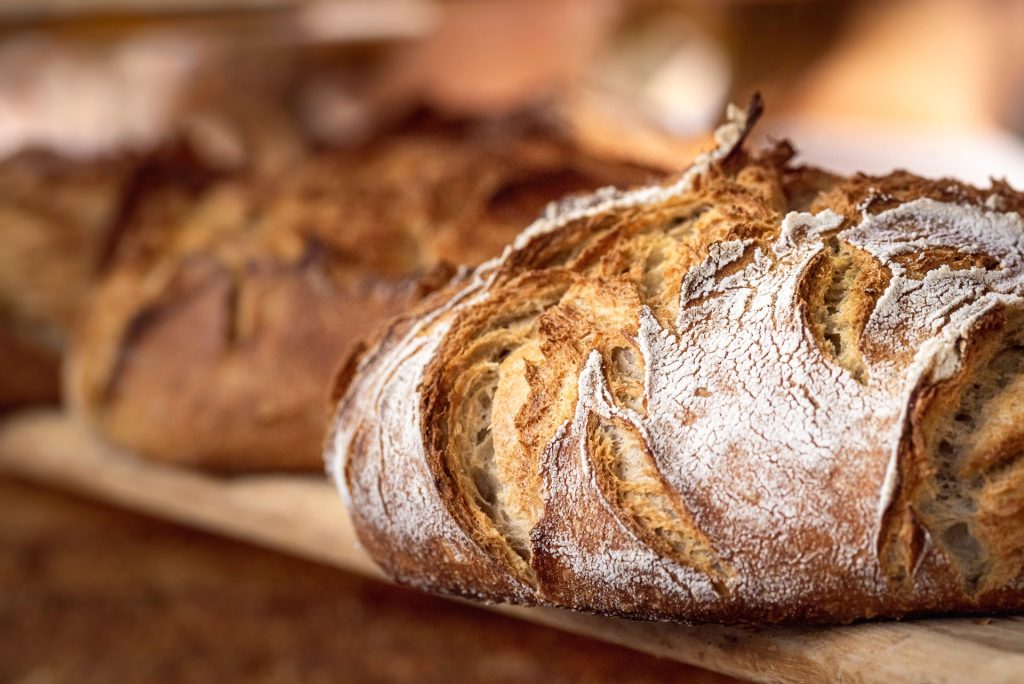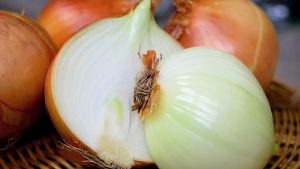Crusty on the outside, soft on the inside—and better for your health than you think.
Others are reading now
Sourdough bread has seen a major comeback, and it’s easy to understand why.
With its rich flavor, crisp crust, and gut-friendly benefits, this old-school bread is a modern kitchen hero. Thanks to long fermentation, sourdough is often easier to digest, lower in gluten, and packed with nutrients.
Best of all? It stays fresh longer and doesn’t require expensive ingredients.
Still, many people hesitate to try making it themselves, worried it’s too complicated or time-consuming. The truth is, with just a bit of patience and the right technique, anyone can bake a perfect loaf right at home.
Also read
These five expert-backed tips from Freundin will help you get started.
1. Pick the Right Flour
Rye flour is a favorite for beginners and pros alike.
It’s packed with natural yeast and friendly bacteria that kick-start fermentation. Prefer a lighter taste? Wheat or spelt flour will also do the trick—just be prepared for a milder sourdough flavor.
2. Patience Is Everything
Sourdough isn’t a quick recipe—it’s a relationship.
Let it sit at room temperature for at least five days while “feeding” it daily with equal parts flour and water. This process builds a strong, active starter and lays the foundation for that beautiful rise and tang.
3. Master the Temperature Sweet Spot
Yeast and bacteria love a cozy climate. Keep your starter in a warm area between 22 and 26°C (71–79°F).
Too cold, and your dough may fall flat. Too hot, and it can become overly sour—or worse, spoil.
A kitchen counter near (but not on) a warm appliance works well.
4. Use the Right Water
It might seem minor, but your tap water could be slowing things down.
Chlorine can mess with the delicate microbial balance in your sourdough. Use filtered water or boil and cool tap water before feeding your starter to keep it happy and bubbling.
5. Bubbles Mean Go Time
If your starter is dotted with bubbles and gives off a pleasantly sour, almost fruity smell—it’s ready!
If it still seems sluggish or smells off, give it another day or two. Keep feeding and be patient; fermentation is an art that rewards persistence.
With these simple steps, homemade sourdough doesn’t have to be intimidating. In fact, it can become one of the most rewarding—and delicious—rituals in your kitchen. Once you try it, store-bought bread may never taste quite the same again.








